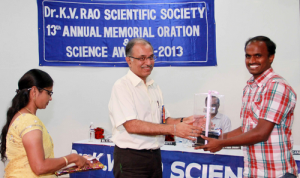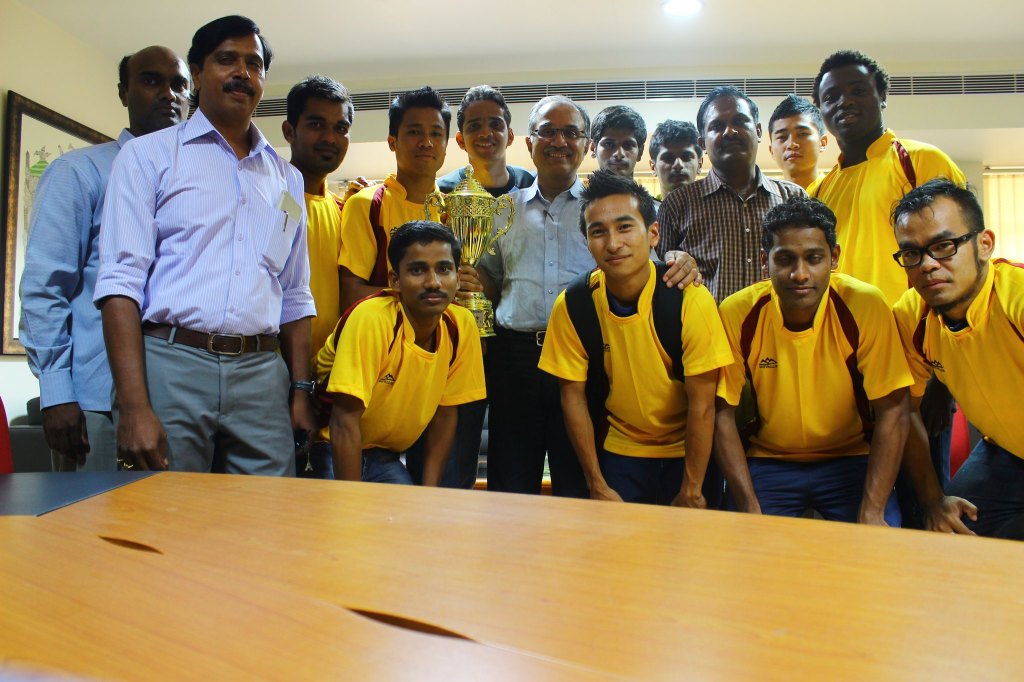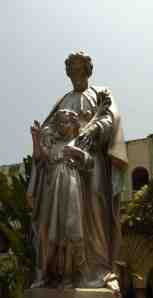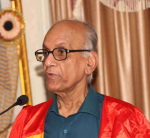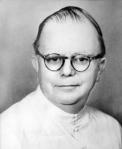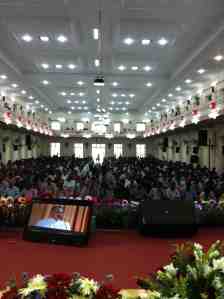 I have remarked earlier that our campus seems to be quite adept in not transmitting as much information as might be possible quite easily: the informal Don’t Ask, Don’t Tell policy that seems to operate on so many fronts. And being connected, something that’s inevitable in these times, is more via the giant Facebook in the sky than on closer, campus based entities.
I have remarked earlier that our campus seems to be quite adept in not transmitting as much information as might be possible quite easily: the informal Don’t Ask, Don’t Tell policy that seems to operate on so many fronts. And being connected, something that’s inevitable in these times, is more via the giant Facebook in the sky than on closer, campus based entities.
I don’t know how many have been looking at the UoH Herald, the online newsletter being run by the PRO’s office with some help from the S N School’s Department of Communication. Their byline: UoH HERALD is an attempt to save paper but connect with the world on the happenings on the campus. That said, they are doing a great job, and for the most part offer a very comprehensive news service for many things that happen on campus.
As many of you have (woefully!) remarked, we really do need a better website– the one we have at present hardly does us justice. Apart from being difficult to navigate, it is also a wonderful place to hide any information one needs to! Some effort is being made to change that, and hopefully the next academic year will see us with a new website. Meanwhile, there are some plans afoot (and near at hand) to change the way in which we connect within the campus in the coming months, and while I will post about things as they happen, I thought I would alert the campus community to the first of the bridging initiatives that we are trying.
UoH Google Apps. With the help of Google we have created a service for the whole campus community that give each member of the campus personalized email accounts. You can choose to be (details on how to get the account is given below) Your.Name@uohyd.ac.in or even Your.Initials@uohyd.ac.in. This has the same features and custom settings as the ubiquitous Gmail with 25 GB space and the usual set of frills…
 Google Apps comes with a Calendar function which enables a master online calendar for UoH. Every public event can be posted, sharing information and enabling all to participate. (SMS alerts also possible!) Profiles of people, Departments and Centres, Seminars, events all possible at profiles.uohyd.ac.in/. This service is free and is open for each member of the UoH Community to edit and design. I hope that all Departments, Schools- faculty and students will make good use of it. Essentially unlimited space will be available for storing materials like lecture talks, audio, video, podcasts, and so on.
Google Apps comes with a Calendar function which enables a master online calendar for UoH. Every public event can be posted, sharing information and enabling all to participate. (SMS alerts also possible!) Profiles of people, Departments and Centres, Seminars, events all possible at profiles.uohyd.ac.in/. This service is free and is open for each member of the UoH Community to edit and design. I hope that all Departments, Schools- faculty and students will make good use of it. Essentially unlimited space will be available for storing materials like lecture talks, audio, video, podcasts, and so on.
All this starts with getting your mail id: write to gapps@uohyd.ac.in to request one, along with a scanned copy of your currently valid UoH Identity Card, and a choice of username (give two options in case one is taken already…).
What else can we do to connect? Send in your suggestions to me at my new account: rr@uohyd.ac.in.


